“Flamenco is a race where there is no end – you never stop learning”: An interview with Manuel Liñán on ¡Viva! at the Sadler’s Wells Flamenco Festival 2022
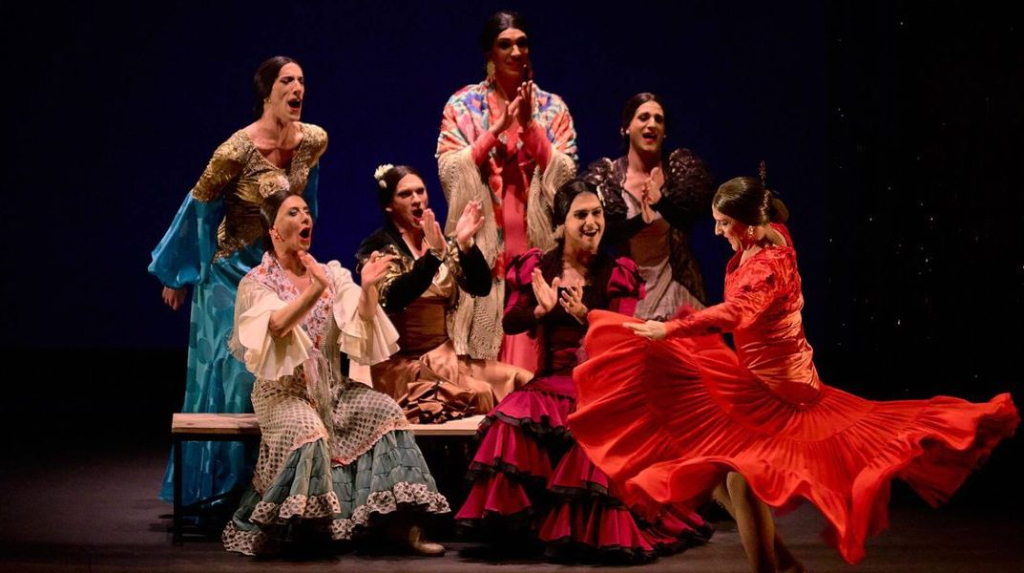
Manuel Liñán is widely acclaimed as one of the best flamenco dancers on stage today. In his show ¡Viva!, performing this June at the Flamenco Festival 2022 at Sadler’s Wells, he and his cast of male dancers defy gender roles for an exuberant celebration of an old tradition.
What inspired you to start dancing?
I started when I was five years old. The first things that caught my attention was seeing how a female dancer moved her body, her dress and the way she moved arms.
Who were your influences in when you started out, flamenco and/or non-flamenco?
In my beginnings, many flamenco dancers, singers and guitarists: Mario Maya, Manolete, Merche Esmeralda, Milagros Mengibar, Javier Baron etc…, of course Carmen Amaya.
I think your father is, or was, a bullfighter – do you think that influenced your way of dancing?
Yes, he was a bullfighter, he did have an influence. He wanted me to be a bullfighter, and he taught me how to be one from a young age. When he found out that I did not want to be a bullfighter, he told me that the dancers also positioned themselves like bullfighters, that the forms were very similar and that I had to position myself like a bullfighter to dance flamenco.
Flamenco feels singularly passionate. Where do you think that passion comes from?
Well, everyone experiences passion in a different way. For me, flamenco is the best tool I have to communicate, and that makes me feel passionate about what I do.
Do you think anyone can dance flamenco or is it necessary that you carry it in your blood?
Anyone can dance, anyone can feel.
In 2010, UNESCO declared flamenco one of the Masterpieces of the Oral and Intangible Heritage of Humanity. How did you feel personally and what effect has it had on the culture, if any?
For me, it was already a masterpiece, I did not notice any change in this regard. I think that this definition has helped flamenco become even more international, if possible.
How does flamenco compare to other dance forms, like ballet, for example, in terms of the level of fitness, dedication and skill required?
Well, I think that all dances have their sacrifice. Flamenco is a race where there is no end. You never stop learning, and of course, you always have to be in top physical shape. Flamenco dance needs many hours of dedication; flamenco is also very emotional.
How long have you been creating ¡Viva! for?
¡Viva! was created over a year and a half, and was released in 2019 in Madrid.
In ¡Viva!, you and your company wear feminine attire. How did the dresses, shawls and combs affect you in your dance and how did you feel?
I felt wonderfully well. It was something I’ve always wanted to do since I was little, cross-dress and live this experience honestly. I have always liked flamenco accessories such as the shawl, fan, bata de cola, etc and throughout my career I have been able to appropriate them so that they do not belong only to the female sphere. For me, they are no longer feminine dresses, they are my dresses.
How do you feel about returning to Sadler’s Wells?
Very happy and nervous. We have waited a long time to be able to show this work and we are looking forward to it. The Sadler’s Wells Flamenco Festival is a very important symbol in my career because I’ve had the opportunity to show several of my previous works and the public has always received us very well. It makes us happy that it is so.
It’s been 100 years since the “Woodstock of Flamenco” (as the BBC called the Concurso de Cante Jundo), do you feel there are similarities between that and your season at Sadler’s Wells or not?
It’s 100 years since flamenco reached other social classes that it hadn’t reached before: that should always be celebrated, and the best way is by doing flamenco.
The New York Times published an article about you and your company in March 2020 with some amazing photos. How did you feel about the article?
It was wonderful, a great surprise to give visibility to flamenco and its different ways of representing itself.
And finally, your dancing has been highly praised throughout your career. Is your dance purely physical or is there a spiritual or transcendent element when you dance?
My dance is emotional; I use the body to transmit those emotions and connect with the audience and with myself.
Jessica Wall
¡Viva! is at Sadler’s Wells on 21st and 22nd June 2022. The Sadler’s Wells Flamenco Festival 2022 runs from the 21st June until the 2nd of July. For further information or to book visit the theatre’s website here.
Watch the trailer for ¡Viva! here:

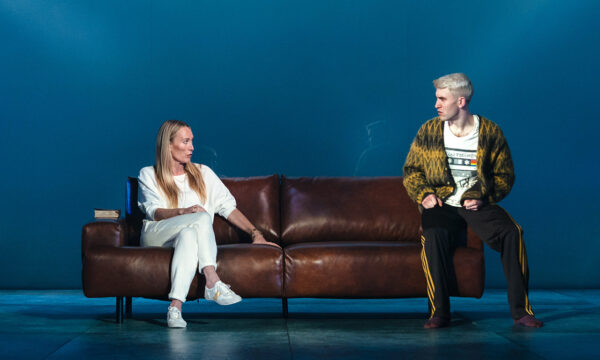
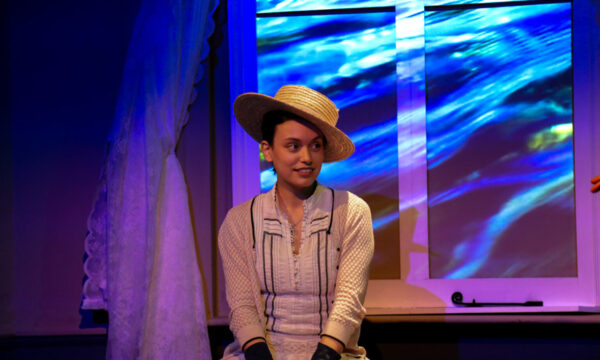
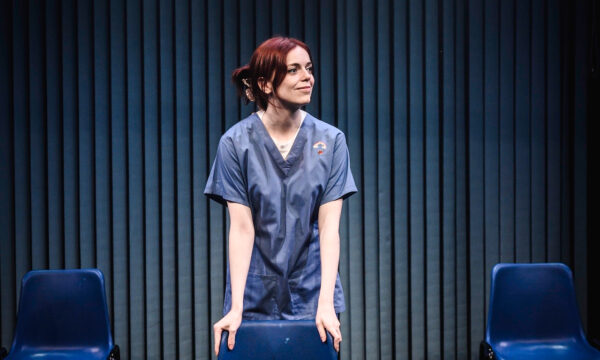
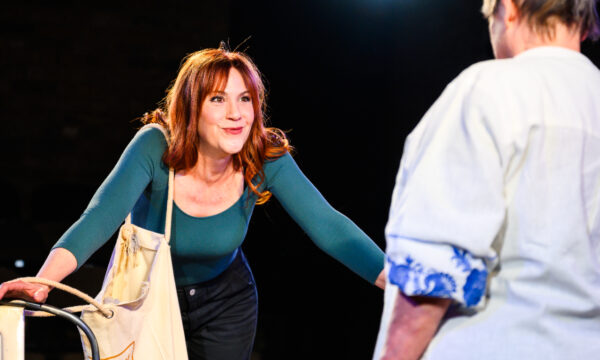
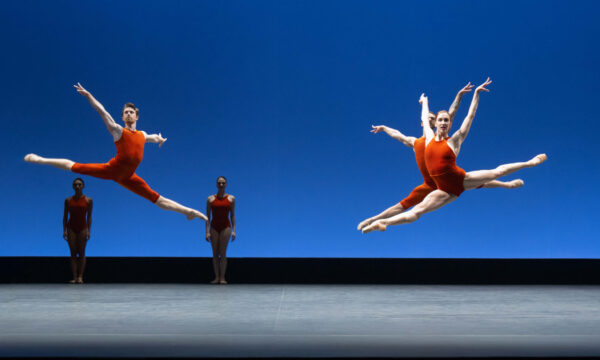
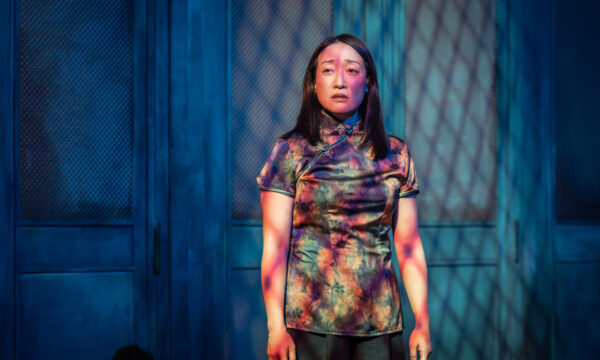
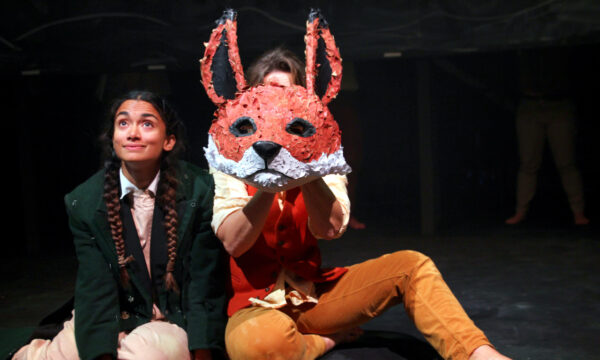
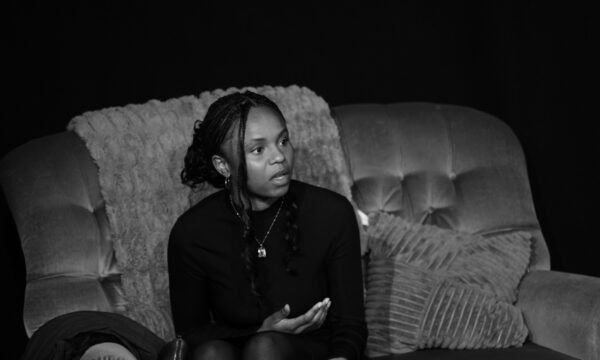
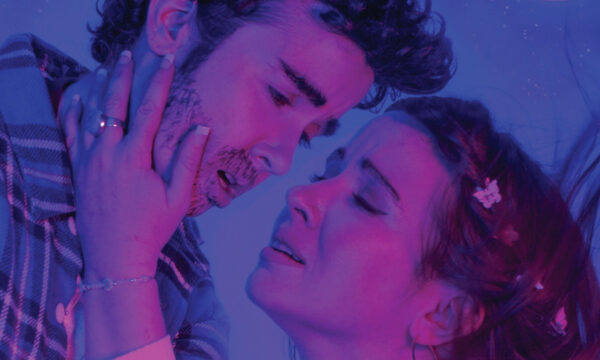





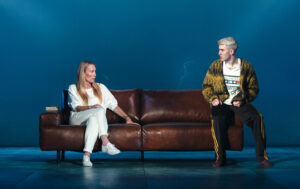


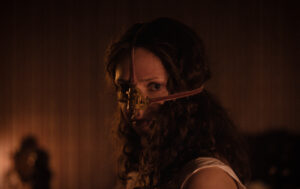




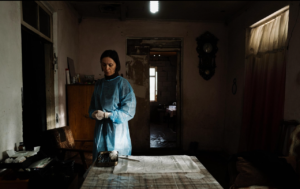
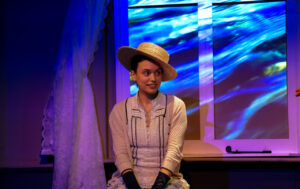
Facebook
Twitter
Instagram
YouTube
RSS